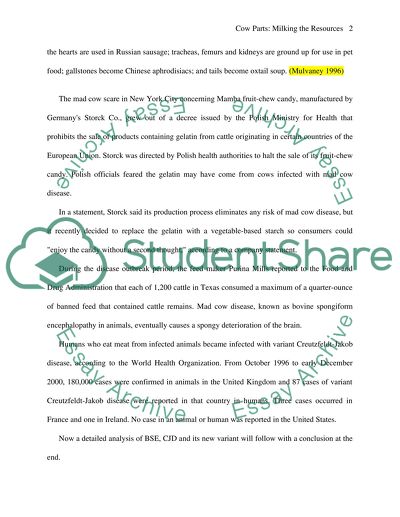Cite this document
(“Mad Cow Disease Essay Example | Topics and Well Written Essays - 1750 words”, n.d.)
Retrieved de https://studentshare.org/sociology/1522007-mad-cow-disease
Retrieved de https://studentshare.org/sociology/1522007-mad-cow-disease
(Mad Cow Disease Essay Example | Topics and Well Written Essays - 1750 Words)
https://studentshare.org/sociology/1522007-mad-cow-disease.
https://studentshare.org/sociology/1522007-mad-cow-disease.
“Mad Cow Disease Essay Example | Topics and Well Written Essays - 1750 Words”, n.d. https://studentshare.org/sociology/1522007-mad-cow-disease.


